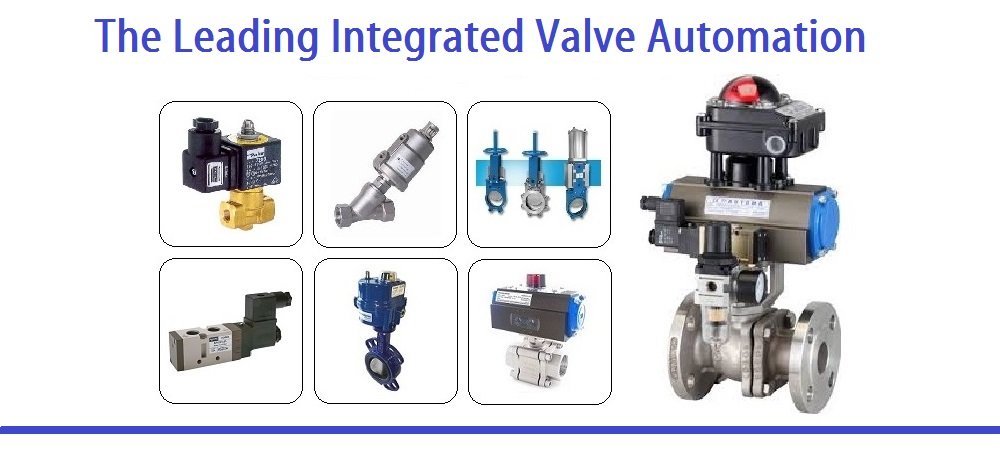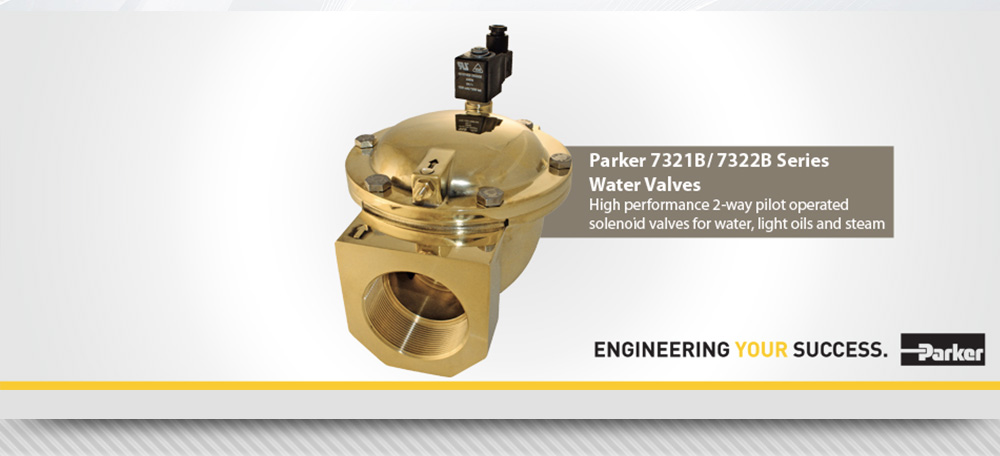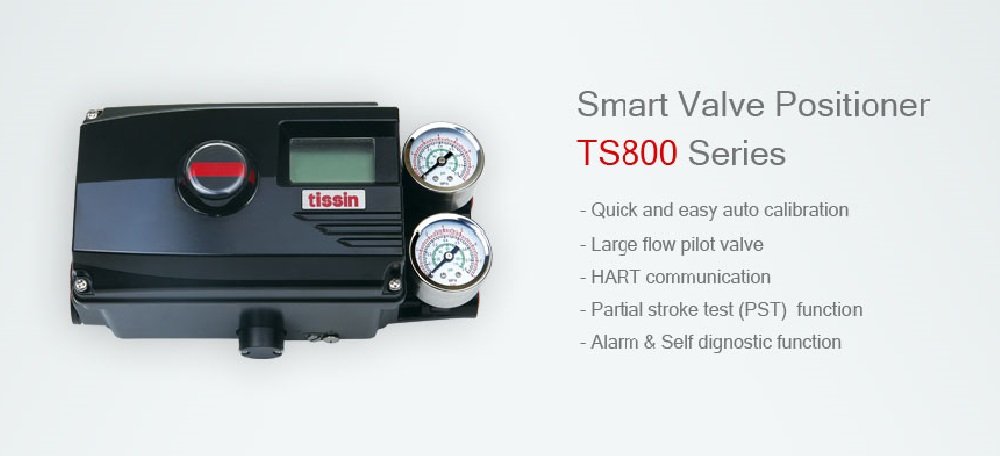.jpg)
TTS VALVE TECHNOLOGIES SDN. BHD.
(Associate Company of Unimech Group Bhd)
12, Jalan Cipta Serenia 4, Pusat Perindustrian Cipta Selatan, 43900 Sepang, Selangor, Malaysia.
+6018-398 7000
AUTOMATIC VALVE
An automatic valve is a type of valve that operates with minimal or no human intervention once it is set up. These valves are designed to open, close, or regulate the flow of fluids or gases automatically based on certain conditions such as pressure, temperature, or flow rate.
Here are some key features and types of automatic valves:
1. Actuation Mechanisms: Automatic valves can be actuated (opened or closed) by various mechanisms such as:
2. Control Methods: They can be controlled by:
3. Applications: Automatic valves are used in various industries and applications including:
4. Advantages:
**Efficiency**: They can operate automatically without constant human oversight.
**Accuracy**: Provide precise control over flow rates and pressures.
**Safety**: Can respond quickly to emergencies or abnormal conditions.
**Consistency**: Ensure consistent operation over long periods.
5. Types:
Automatic valves play a crucial role in modern industrial processes by improving efficiency, safety, and reliability. Their design and application vary widely depending on the specific requirements of the system they are integrated into.
| |||
1 - 40 of 52 | |||
 Pneumatic Knife Gate Valve 200QB-DA |  Pneumatic Angle Seat Valve H2500 |  HPBV High Pressure Ball Valve 6000psi | 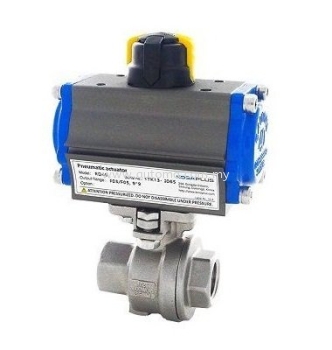 AT125B 2-PC-Body SS316 Ball Valve |
 AT321B 3-PC-Body SS316 Ball Valve |  AT326 3-PC-Body WCB Ball Valve |  AT391B 3-PC-Body SS316 Ball Valve 2000psi |  S64 Chrome Plated Brass Ball Valve |
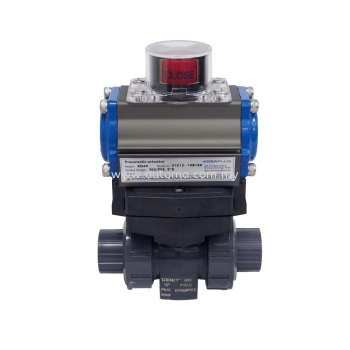 A2HS1 UPVC Ball Valve 150psi |  AT341 3-Port SS316 Ball Valve |  AT128F PN16 Ball Valve |  AT22xMB Direct Mounting Ball Valve |
 AT22x Flanged Ball Valve ANSI-150 JIS10K |  AT23x Flanged Ball Valve ANSI-300 |  AT34x Flanged Ball Valve ANSI-150 JIS10K |  ACM Wafer Type Butterfly Valve (Cast Iron Body) |
 ACU Wafer Type Butterfly Valve (PTFE-Seat) | 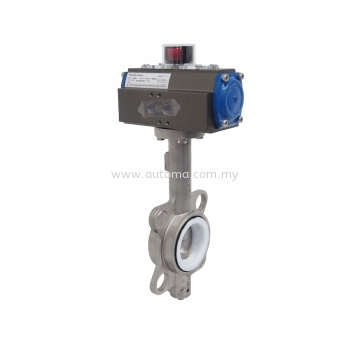 ACS Wafer Type Butterfly Valve (SS316 Body) |  A3BF1 Wafer Type Butterfly Valve (WCB Body) |  A2HS2 PP Butterfly Valve |
 A2HS3 PVC Butterfly Valve |  VALUE High Performance Butterfly Valve |  AT125B (Electric actuator ball valve) |  AT321B (Electric actuator ball valve) |
 AT391B (Electric actuator ball valve) |  A2HS1 (Electric actuator ball valve) |  AT227F (Electric actuator ball valve) |  AT128F (Electric actuator ball valve) |
 AT341E (Electric actuator ball valve) |  AT343F (Electric actuator ball valve) |  GQ Electric Actuator Butterfly Valve |  Electric Actuator Butterfly Valve ACM |
 Electric Actuator Butterfly Valve ACU |  Electric Actuator Butterfly Valve ACS |  Pneumatic Globe Control Valve |  TS900 Smart Valve Positioner Flame proof type |
 TS600 Electro-Pneumatic Valve Positioner |  TS300/305 Air Filter Regulator Alum/SS316 |  TS200 Lock Up Valve |  TS100 Volume Booster |
1 - 40 of 52 | |||


